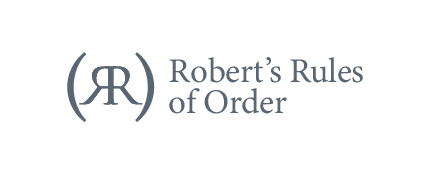Constructed in 1829, the Greek Revival style 3-story white clapboard church was an expansion of the Tiverton Baptist Church established in 1685 by Mayflower passenger, John Cooke.
The steeple provided a landfall for whaling ships and is one of four prominent church steeples depicted in the City’s Seal, the only one still standing today.
Throughout the nineteenth century, modern amenities were added, and a two-story brick-clad educational wing was built in 1929. Roof and siding repairs were made in 1977, but the continuing maintenance was too expensive to sustain, and no significant improvements had been made since that time. By 2012, the deterioration was pronounced, and a decision had to be made about the future of the building.
Demolition was unthinkable since the church is far more than a cherished New Bedford landmark. It is listed in the National Register of Historic Places and is a designated National Treasure, a rare honor afforded to only a few historic buildings by the National Trust for Historic Preservation.
Working with the Mayor’s office and a local community theater group, WHALE undertook a feasibility study focused on restoring the building for use as a theater venue. In 2012, a partnership between Your Theatre and WHALE was formed and agreement reached with the First Baptist congregation to move their operations into the building’s annex.
Over the course of the next decade, much was accomplished and many an unforeseen issue arise, from a deteriorated steeple to a global pandemic. After purchasing the property from the First Baptist Congregation, the project commenced, funded by a combination of grants, state historic tax credit, city funds and direct donations from organizations and individuals.
The project would not have been possible without the professional expertise and abilities of the project team, especially architect of record, Peterman & Associates, construction administrators studio2sustain, inc. and general contractor A Plus Construction, and the many other teams and subcontractors and volunteers who worked on this project over the years.
Through nearly a decade of challenges, successes, and dedication on the part of the community, funders and the project team, the doors to the Steeple Playhouse opened on November 17, 2023, for Your Theatre, Inc.’s first production. To see the original vision of a vibrant performance space come to fruition was truly an exciting and awe-inspiring moment. Now, Your Theatre’s new home and productions will bring even more life and energy to the city’s downtown and Upper William Street, attracting more visitors to the incredible historic and cultural resources in New Bedford.
Though this chapter of First Baptist Church’s story may be concluding, the Steeple Playhouse’s is just beginning. The collaboration, partnership and strong community foundations that made this project possible will continue and bring about continued success for Your Theatre, the Steeple Playhouse, and the City of New Bedford.
First Baptist Church – Home to Roberts Rules of Order
In 1863, Army Lt. Henry Martyn Roberts was attempting to moderate a meeting at the First Baptist Church about port defense when bedlam broke out. Attendees became boisterous, arguing and shouting, interrupted intermittently by the city clock ringing inexplicably for long periods during the session. Altogether, the meeting is reported to have lasted over 24 hours!
Lt. Roberts vowed “never again” and set about creating a standard set of rules for meetings. In December of 1874, he took his manuscript to a pressman and the rest is history. “Robert’s Rules of Order,” a guide to parliamentary procedures, forever changed how meetings are run around the world, and the recently published 12th edition is widely used to this day.
































